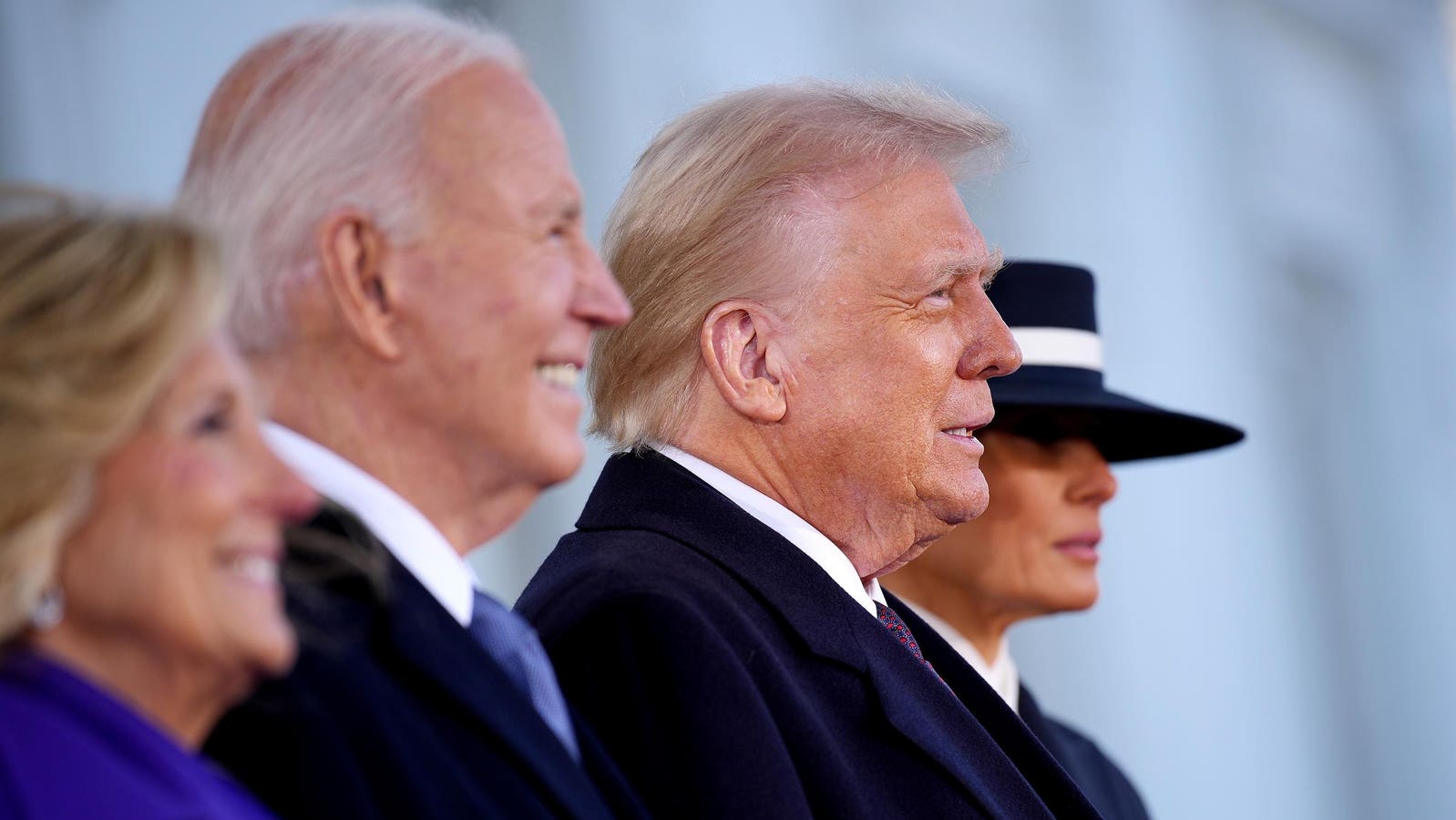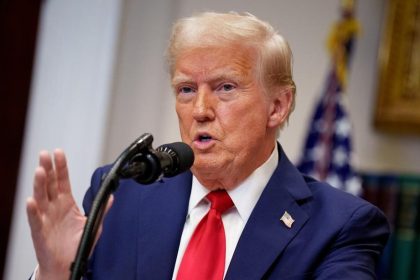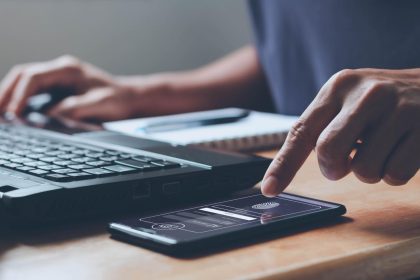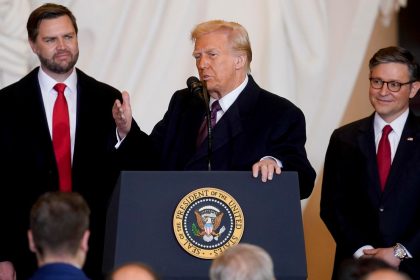As the Biden administration exits Washington, President-elect Donald Trump inherits a federal student loan system that looks much different than it did four years ago when he was last in office. President Biden enacted a slew of policies designed to lower payments and expand access to federal student loan forgiveness programs. In some respects, he was quite successful, with nearly $190 billion in federal student loan debt discharged during his time in office — an unprecedented figure. At least 5.3 million borrowers had their balances canceled. according to Education Department data released last week.
But several other Biden administration student loan programs have been struck down or rescinded, or remain mired in legal battles. And the federal student loan repayment and default system has experienced historic levels of turmoil and uncertainty, leaving many borrowers unsure of what to expect in the coming months.
As Trump returns to the White House, here’s where things stand with student loan forgiveness, and what borrowers should know.
Biden Issues Final Batch Of Student Loan Forgiveness Under PSLF And Borrower Defense
In his final days in office, President Biden issued a final round of student loan forgiveness totaling $600 million for 150,000 borrowers. Much of the relief was provided through Borrower Defense to Repayment, a controversial program that allows borrowers to request a discharge if their school misled or defrauded them. The Education Department approved group discharges for borrowers who had attended several for-profit institutions.
Also included in the final batch of student loan forgiveness were borrowers who qualified for discharges under the Public Service Loan Forgiveness program. Only a few thousand borrowers had received relief through PSLF when Biden first took office. But through a series of regulatory improvements and executive actions, PSLF approvals skyrocketed, with more than a million borrowers receiving student loan forgiveness by the end of last year.
“My Administration has taken historic action to reduce the burden of student debt, hold bad actors accountable, and fight on behalf of students across the country,” said Biden in a statement last week.
Biden’s Mass Student Loan Forgiveness Initiatives Are Dead
But despite the successes, President Biden also failed to deliver on some of his more ambitious promises. During the 2020 presidential campaign, Biden had promised to cancel $10,000 in federal student loan debt for most borrowers. But the program he launched in 2022 to do just that wound up getting struck down by the Supreme Court before any student loan forgiveness was granted.
The Biden administration made two more attempts to enact mass student loan forgiveness. The Education Department created final regulations for a “Plan B” initiative that would have provided relief to borrowers whose loan balances had ballooned due to runaway interest, and those had been in repayment for two decades or longer. The department was also in the process of establishing a pathway to relief for borrowers who had prolonged financial and personal hardships.
But the administration withdrew both programs in the wake of the 2024 election, reasoning that the courts or the incoming Trump administration would likely kill the initiatives before they could get off the ground. Trump has not signaled publicly any intention to revive these programs or offer an alternative pathway to student loan forgiveness.
SAVE Plan Forbearance Extended But Won’t Count Toward Student Loan Forgiveness
Meanwhile, another key pillar of the Biden administration’s student loan forgiveness and relief efforts is on shaky ground. The SAVE plan, a new income-driven repayment program that lowered payments and offered eventual loan forgiveness, remains mired in a legal battle. After a federal court issued an injunction last summer blocking the program, millions of borrowers who had enrolled in SAVE were forced into a forbearance. During the forbearance, borrowers don’t have to pay their student loans and interest won’t accrue, but the period isn’t counting toward loan forgiveness under IDR plans or PSLF, leaving many borrowers stuck.
Earlier this month, the Education Department indicated that the SAVE plan forbearance may last for much of 2025, with borrowers not expected to resume repayment until December at the earliest. While this may be good news for some borrowers, it also means an extended pause on student loan forgiveness progress for many. The incoming Trump administration has not indicated whether it may try to put borrowers back into repayment sooner than that.
The future of the SAVE plan is also in doubt. While there is some speculation that Trump may issue an executive order impacting the program, the SAVE plan’s future will likely be decided either by the courts or by Congress, where Republicans control the House and Senate and are working on a massive tax and spending bill.
IDR Processing Resumes For Borrowers Pursuing Student Loan Forgiveness
Borrowers who want to leave the SAVE plan forbearance so that they can get back on track for student loan forgiveness under IDR plans or PSLF got some good news earlier this month. The Education Department announced that after a nearly five-month processing pause related to the SAVE plan litigation, loan servicers have finally begun to process IDR applications again. This means that borrowers who want to switch to a different IDR plan can now do so.
Last month, the Education Department reopened the ICR and PAYE plans so that borrowers have additional IDR options to choose from (before that, only IBR was an option as the department had phased out ICR and PAYE). Borrowers should still expect long processing times, and should thoroughly evaluate the available IDR plans as they each use different formulas and have distinct features and eligibility criteria.
IDR Student Loan Forgiveness Tracker Is Now Up
Borrowers who are working toward 20- and 25-year student loan forgiveness under IDR plans like SAVE, IBR, ICR, or PAYE got some good news last week. The Education Department published a “tracker,” accessible via a borrower’s StudentAid.gov account, that provides critical information on how much IDR student loan forgiveness credit a borrower has, and how many months and years are remaining before the borrower would qualify for a discharge. Up until now, borrowers had no firm way of viewing their IDR progress. Advocates are urging borrowers to take screenshots of the information.
Student loan forgiveness under IDR programs remains tax free through the end of 2025. However, unless Congress extends temporary tax relief set to expire at the end of the year, IDR loan forgiveness could go back to being taxable again starting in 2026.
Supreme Court To Consider Student Loan Forgiveness Under Borrower Defense To Repayment
Meanwhile, more borrower-friendly regulations for the Borrower Defense to Repayment program remain stuck in a legal battle. Since 2023, implementation of these rules has been blocked by a federal court, and the Education Department has paused processing for many Borrower Defense applications as a result.
“The Department will not adjudicate any borrower defense applications under the rule subject to the injunction unless and until the injunction is lifted,” says the department in a statement on the Borrower Defense website.
Earlier this month, the U.S. Supreme Court agreed to review the ongoing injunction of the Biden Borrower Defense rules. If these rules are ultimately struck down or repealed, it would leave in place Borrower Defense regulations that were enacted under the first Trump administration, which made it comparatively more difficult for borrowers to qualify for relief due to additional evidentiary requirements and a statute of limitations.
Collections And Negative Credit Reporting Resumes For Defaulted Federal Student Loans
Pandemic-era relief and associated extensions are now coming to an end for defaulted federal student loans after a nearly five-year hiatus. Negative credit reporting is already resuming for borrowers who are delinquent or behind on their payments. And involuntary collections actions, including Treasury Offset and administrative wage garnishment, are expected to resume later in 2025.
Borrowers do have options, such as rehabilitation and Direct loan consolidation, to get their student loans out of default and back into good standing. Doing so can allow them to get back on track for student loan forgiveness, such as through IDR plans or PSLF.
Read the full article here





